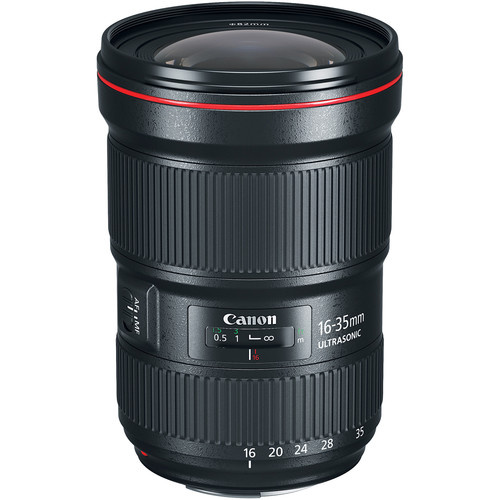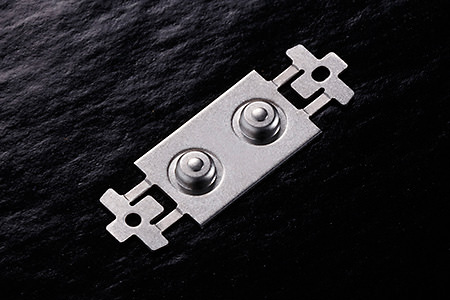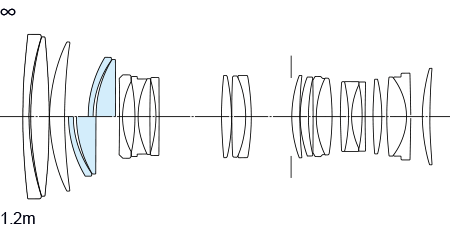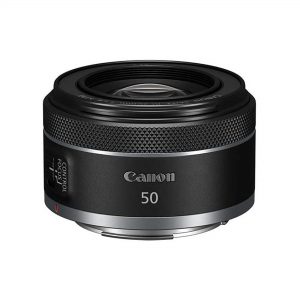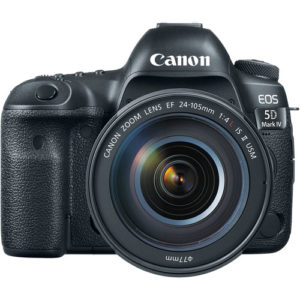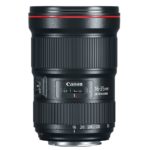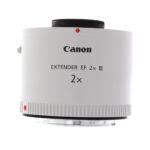Overview
Delivering the ultimate combination of wide-angle, low-light performance, L-series optics and compact construction, the new Canon EF 16-35mm f/4L IS USM lens is a phenomenal complement to any EOS SLR camera. This L-series ultra wide-angle zoom incorporates an Optical Image Stabilizer, and offers up to four stops of correction for admirable performance even in dim light. It features three aspheric lens elements and two UD lens elements to minimize aberrations throughout the zoom range, plus optimized coatings to help minimize ghosting. A circular 9-blade aperture delivers gorgeous background blur. The EF 16-35mm f/4L IS USM features inner focusing and ring USM for accurate, discreet and speedy AF. It also offers full-time manual focus and has a minimum focusing distance of 0.92 ft./0.28m across the entire zoom range. Built to function even in unfavorable weather conditions, the EF 16-35mm f/4L IS USM is dust-resistant and water-resistant (when used with an optional Canon PROTECT filter) for professional caliber ultra-wide performance, everywhere.
MTF Chart

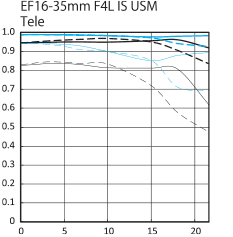
Benefits
- Get more in every shot with ultra wide-angle zoom lens
- Never miss a shot with fast, silent autofocus
- Capture steady shots even in low light with 4-stop Image Stabilizer
- Enjoy consistent exposures with constant f/4 aperture
- Superior L-series performance with precision optics



